Aeolian Harp: The Enchanting Sounds of a Wind-Powered Instrument
An Aeolian harp (also wind harp) is a musical instrument that is played by the wind. Named after Aeolus, the ancient Greek god of the wind, the traditional Aeolian harp is essentially a wooden box including a sounding board, with strings stretched lengthwise across two bridges.
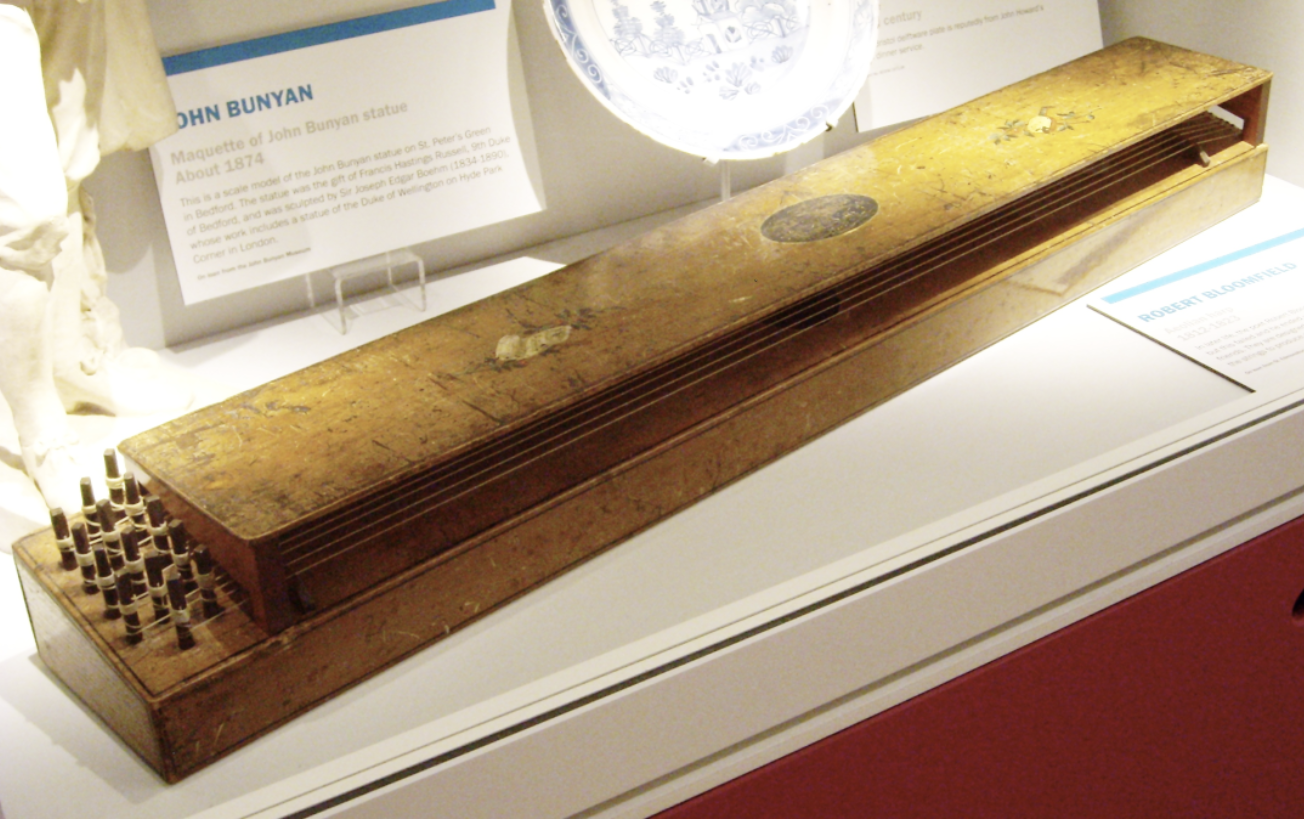
It is often placed in a slightly opened window where the wind can blow across the strings to produce sounds. The strings can be made of different materials (or thicknesses) and all be tuned to the same pitch, or identical strings can be tuned to different pitches. Besides being the only string instrument played solely by the wind, the Aeolian harp is also the only string instrument that plays solely harmonic frequencies.They are recognizable by the sound which is a result of this property, which has been described as eerieand ethereal.
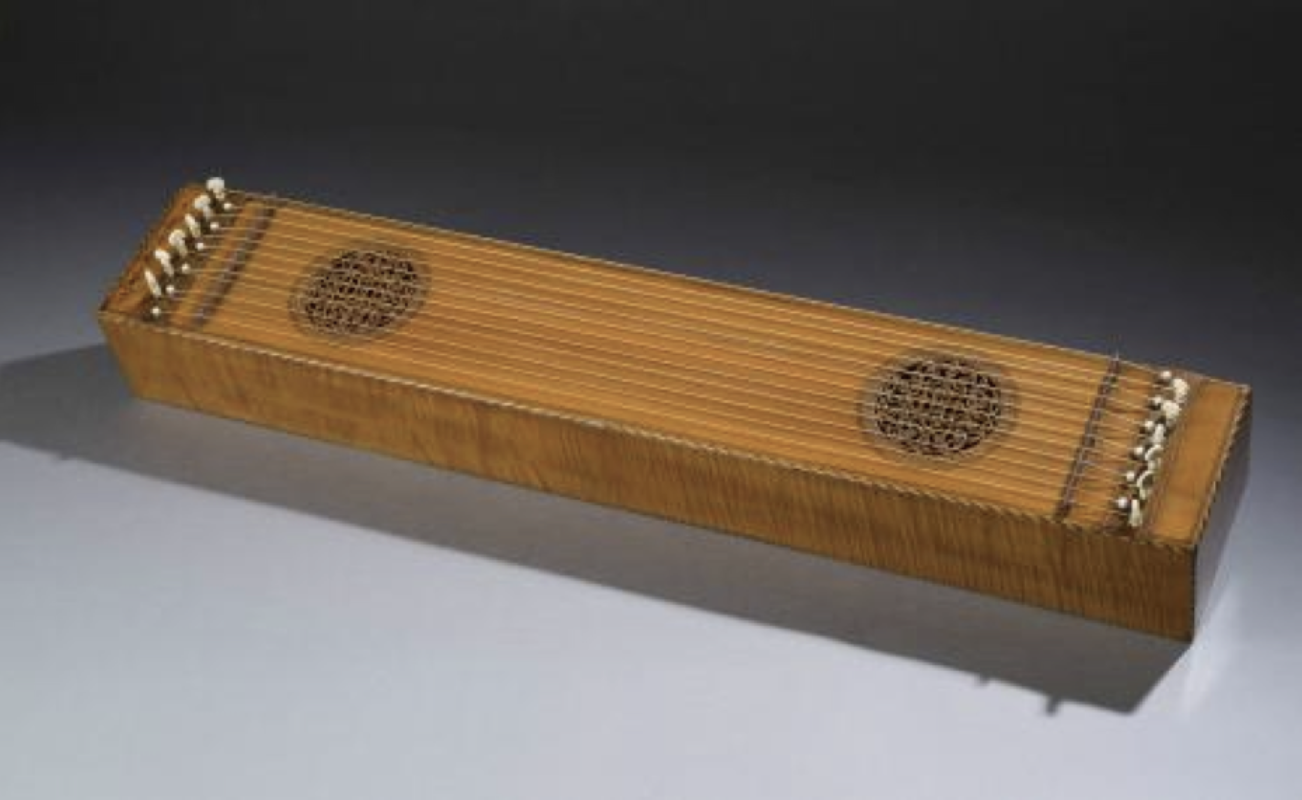
The Aeolian harp – already known in the ancient world – was first described by Athanasius Kircher (1602–1680) in his books Musurgia Universalis (1650)and Phonurgia Nova (1673). It became popular as a household instrument during the Romantic era, and Aeolian harps are still hand-crafted today. Some are now made in the form of monumental metal sound sculptures located on the roofs of buildings and windy hilltops.
The quality of sound depends on many factors, including the lengths, gauges, and types of strings, the character of the wind, and the material of the resonating body. Metal-framed instruments with no sound board produce a music very different from that produced by wind harps with wooden sound boxes and sound boards. There is no percussive aspect to the sound like that produced by a wind chime; rather crescendos and decrescendos of harmonic frequencies are played in rhythm to the winds. As Aeolian harps are played without human intervention, the sounds they produce are an example of aleatoric music.
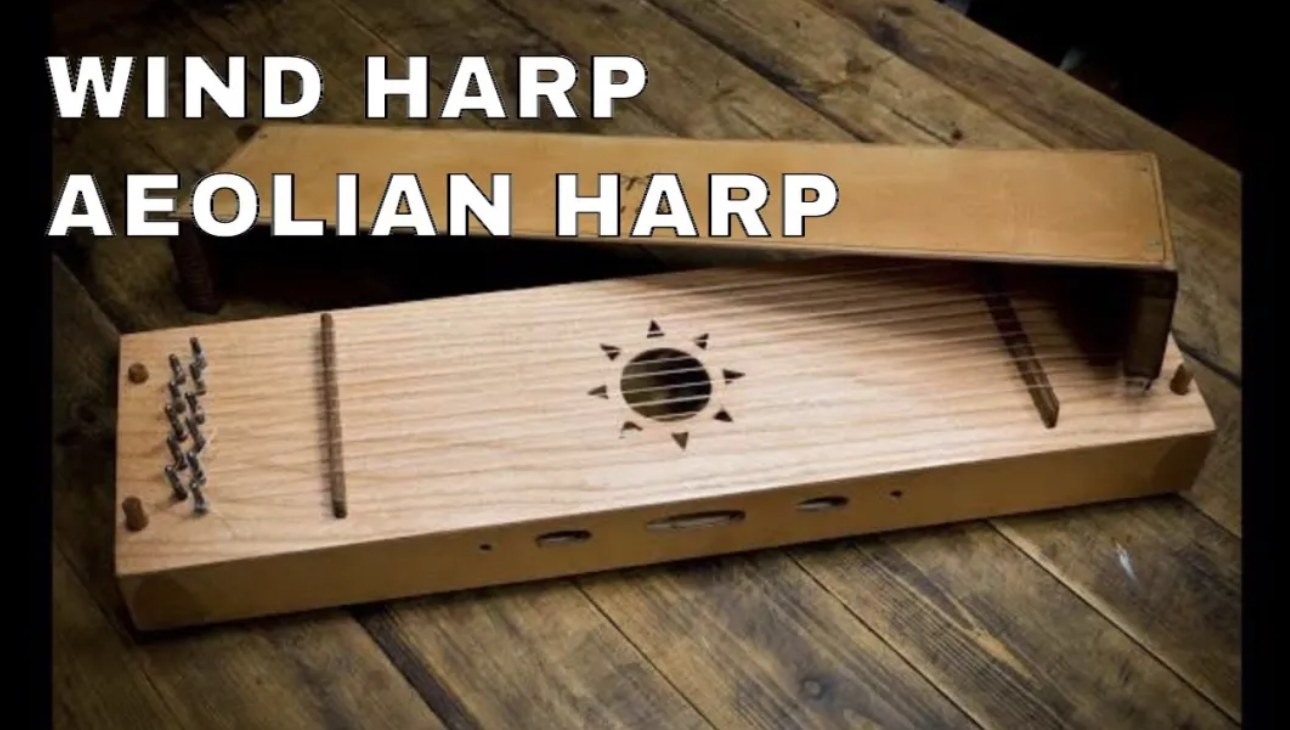
Aside from varying in material, Aeolian harps come in many different shapes. Some resemble standard harps, others box zithers,others lyres, and, in one monument, a fiddle. More modern Aeolian harps can more closely resemble lawn ornaments than any traditional string instrument. The unifying characteristic between all Aeolian harps, regardless of appearance, is their source of sound, the strings, and the fact they are played by the wind. This distinguishes Aeolian harps from other instruments played by the wind, such as wind chimes.

The harp is driven by the von Kármán vortex street effect. The motion of the wind across a string causes periodic vortices downstream, and this alternating vortex causes the string to vibrate. Lord Rayleigh first solved the mystery of the Aeolian harp in a paper published in the Philosophical Magazine in 1915. The effect can sometimes be observed in overhead utility lines, fast enough to be heard or slow enough to be seen. Similar taut wires like non-telescoping radio antennae, ships' anchor lines, and stiff rods also exhibit this phenomenon.
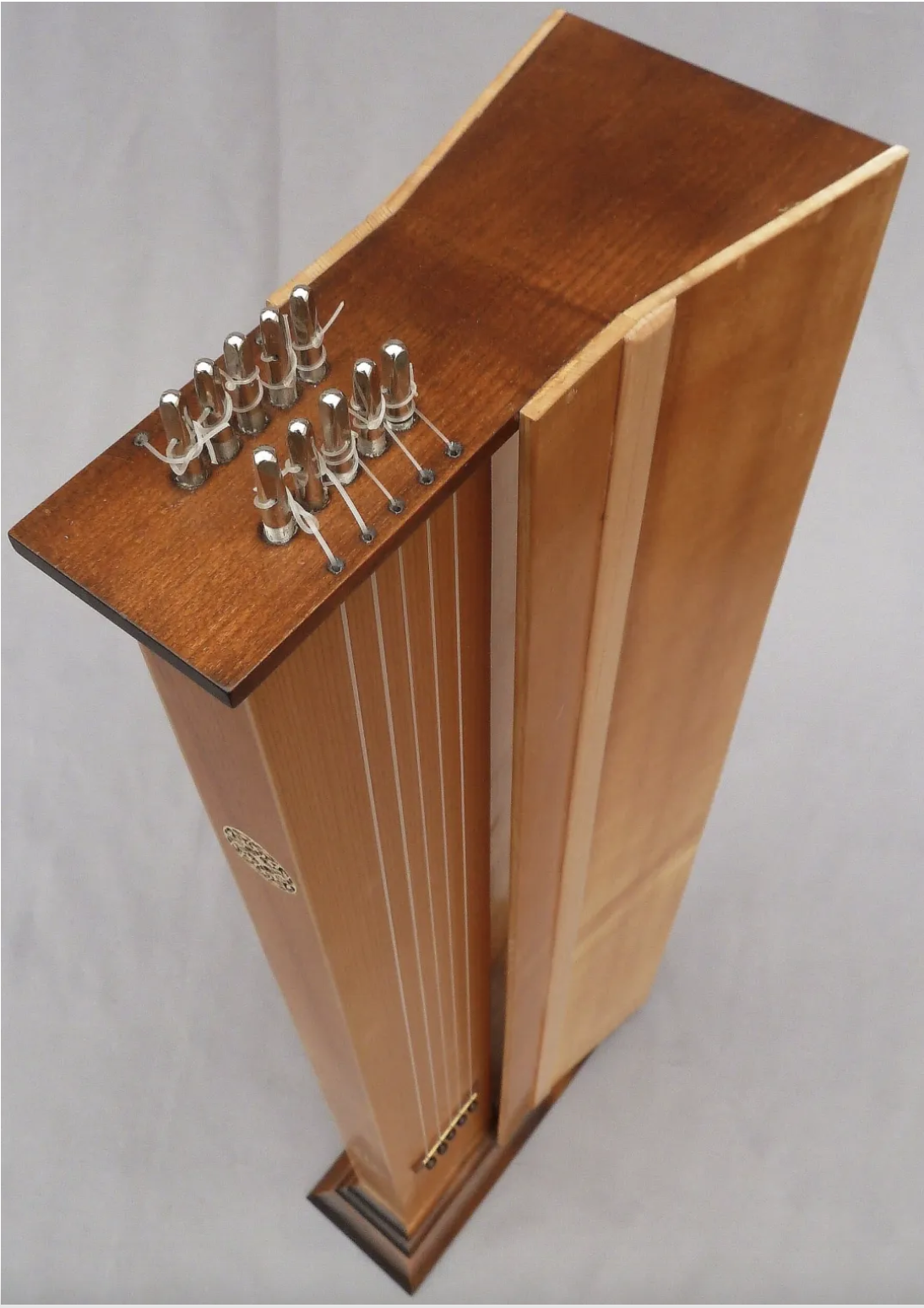
The effect results in Aeolian harps only producing overtones. Were the strings plucked, they would produce the fundamental frequency in addition to several overtones.When the string oscillates due to the wind, though, it always does so in fractions such as halves, thirds, quarters, fifths, and so on.This naturally produces overtones, most commonly the third, octave, and twelfth, without resulting in the fundamental frequency being played.
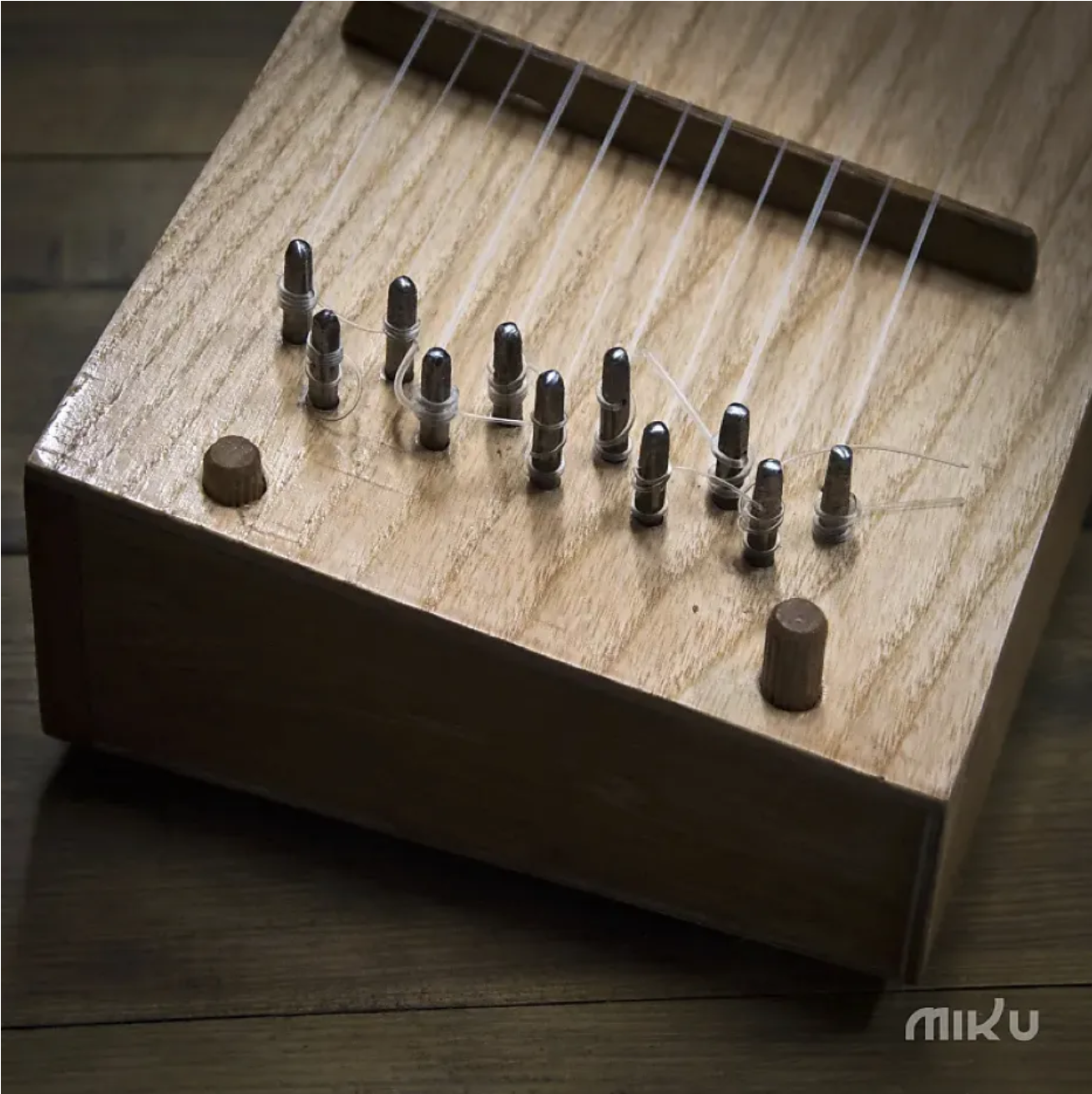
An Aeolian harp can, in concept, be constructed from as little as a single taut string.Most household Aeolian harps are made of wood, featuring a sound board and sound hole to improve how the instrument resonates. In terms of size, they are usually about one metre by 13 centimetres by 8 centimetres, with ten to twelve gut strings stretched over two bridges.
On some Aeolian harps, all the strings are tuned to the same frequency, as the wind will already influence the pitch by yielding different overtones depending on its intensity. Other Aeolian harps have differently tuned strings, which enable them to produce chords.[citation needed] Aeolian harps lend themselves to being tuned to a major or minor pentatonic scale and octaves of the notes within, as all intervals in these scales are at least moderately consonant. This way, no matter how the wind strikes the strings, the resulting music will be euphonious.

Music creation experience combined with Songdio AI While making and playing the instrument, make some music with Songdio AI to add some fun to your musical life. Songdio AI is a platform that generates music through artificial intelligence, with simplified steps that make it easy for users to create unique music. Users can edit, personalize their work, and generate copyright-free music for different projects and videos, as well as publish it across platforms and receive full royalty revenue.
With Songdio AI, users can:
Discover music: Discover popular music, latest music and random songs that everyone is listening to in Songdio-AI music player to meet users’ needs for different types of music.
Create music: Create your own music with Songdio-AI music player, have fun creating music, and put your creative ideas into practice.
Recently played: Songdio-AI music player can record the user’s recently played songs, making it easy for users to review their favorite music at any time.
Private playlists: Users can create their favorite music playlists, categorize and bookmark according to different moods and scenes.
#Aeolian Harp
#Wind-Powered Instruments
#Ambient Music
#Natural Melodies
#AI Music
#Songdio
#Music Technology
#Ethereal Sounds
#Musical Innovation
#Cultural Instruments